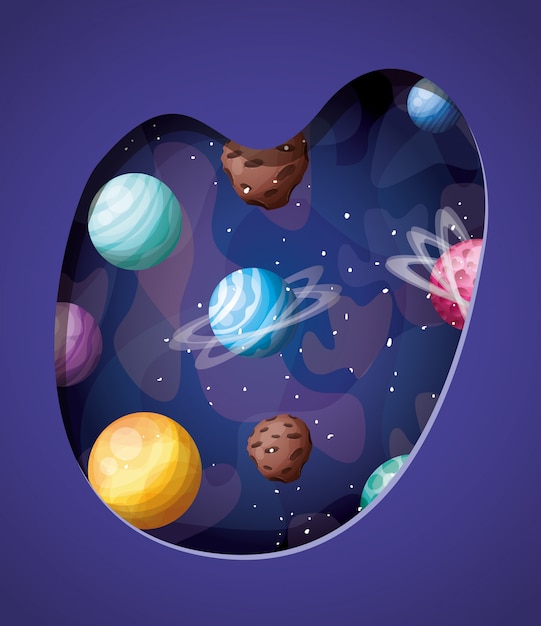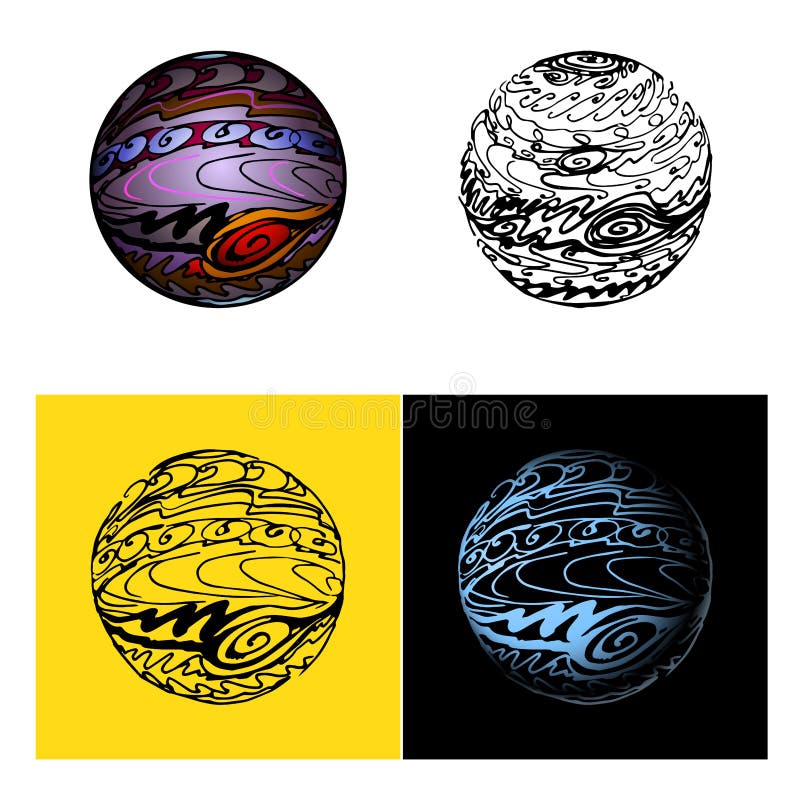
To a good first approximation, Kepler's laws of planetary motion describe the orbits of objects about the Sun. Most larger objects rotate around their own axes in the prograde direction relative to their orbit, though the rotation of Venus is retrograde. Most of the larger moons orbit their planets in prograde direction, matching the planetary rotation Neptune's moon Triton is the largest to orbit in the opposite, retrograde manner. There are exceptions, such as Halley's Comet. That is, counter-clockwise, as viewed from above Earth's north pole. Īs a result of the formation of the Solar System, planets and most other objects orbit the Sun in the same direction that the Sun is rotating. The four giant planets have planetary rings, thin bands of tiny particles that orbit them in unison. Many of the largest natural satellites are in synchronous rotation, with one face permanently turned toward their parent. Most of the planets in the Solar System have secondary systems of their own, being orbited by natural satellites called moons.

Smaller icy objects such as comets frequently orbit at significantly greater angles to this plane. The planets and other large objects in orbit around the Sun lie near the plane of Earth's orbit, known as the ecliptic. Jupiter is three times as far from the Sun as Mars. The nearest stars are within the so-called Local Bubble, with the closest, Proxima Centauri, at 4.2441 light-years.Īnimations of the Solar System's inner planets and outer planets orbiting the latter animation is 100 times faster than the former. The Solar System is located 26,000 light-years from the center of the Milky Way galaxy in the Orion Arm, which contains most of the visible stars in the night sky. The Oort cloud, which is thought to be the source for long-period comets, may also exist at a distance roughly a thousand times further than the heliosphere. The heliopause is the point at which pressure from the solar wind is equal to the opposing pressure of the interstellar medium it extends out to the edge of the scattered disc. The solar wind, a stream of charged particles flowing outwards from the Sun, creates a bubble-like region of interplanetary medium in the interstellar medium known as the heliosphere. Various small-body populations, including comets, centaurs and interplanetary dust clouds, freely travel between the regions of the Solar System. Astronomers generally accept about nine objects as dwarf planets: the asteroid Ceres, the Kuiper-belt objects Pluto, Orcus, Haumea, Quaoar and Makemake, the scattered-disk objects Gonggong and Eris, and Sedna. Some of these objects are large enough to have rounded under their own gravity and thus to be categorized as dwarf planets. There is considerable debate as to how many such objects there will prove to be. In the outer reaches of the Solar System lies a class of minor planets called detached objects.

Beyond Neptune's orbit lie the Kuiper belt and scattered disc, which are populations of objects composed mostly of ice and rock. The asteroid belt, which lies between the orbits of Mars and Jupiter, contains objects composed of rock, metal and ice. Each of the giant planets and some smaller bodies are encircled by planetary rings of ice, dust and moonlets.

Two natural satellites, Jupiter's moon Ganymede and Saturn's moon Titan, are larger but not more massive than Mercury, the smallest terrestrial planet, and Jupiter's moon Callisto is nearly as large. Six of the major planets, the six largest possible dwarf planets, and many of the smaller bodies are orbited by natural satellites, commonly called "moons" after the Moon. There are an unknown number of smaller dwarf planets and innumerable small Solar System bodies orbiting the Sun. All eight planets have nearly circular orbits that lie near the plane of Earth's orbit, called the ecliptic. The two largest, Jupiter and Saturn, are gas giants, being composed mainly of hydrogen and helium the next two, Uranus and Neptune, are ice giants, being composed mostly of volatile substances with relatively high melting points compared with hydrogen and helium, such as water, ammonia, and methane. The four giant planets of the outer system are substantially larger and more massive than the terrestrials. The four inner system planets- Mercury, Venus, Earth and Mars-are terrestrial planets, being composed primarily of rock and metal. The vast majority (99.86%) of the system's mass is in the Sun, with most of the remaining mass contained in the planet Jupiter. It formed 4.6 billion years ago from the gravitational collapse of a giant interstellar molecular cloud. The Solar System is the gravitationally bound system of the Sun and the objects that orbit it. Invariable-to- galactic plane inclination


 0 kommentar(er)
0 kommentar(er)
